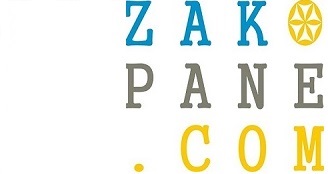Tradition or modernity?
What is left of the core culture of Podhale?
Zakopane is a phenomenon in Poland. It is difficult to meet a person who was not here at least once in a lifetime or does not plan to visit the city in the near future. There are many reasons for the popularity of this place. Certainly, the magnet are the beautiful, unique Tatras, the highest mountains in the country, so easily accessible from here, visible in nice weather from almost every place in the city. Its free atmosphere, no snobbish bloat – also is appreciated. Like the local cuisine, unique architecture, or the possibility of using both sports and cultural attractions. There is something else – still living highland traditions, the opportunity to see the indigenous inhabitants of the town in their regional costumes, listen to their music live. Many people count on the fact that coming here, f.ex during holidays, will meet with traditional rites that have already disappeared in other regions. Is this really true? Do highlanders still cultivate traditions that we can read about in numerous publications? Let’s look at this point a bit closer.
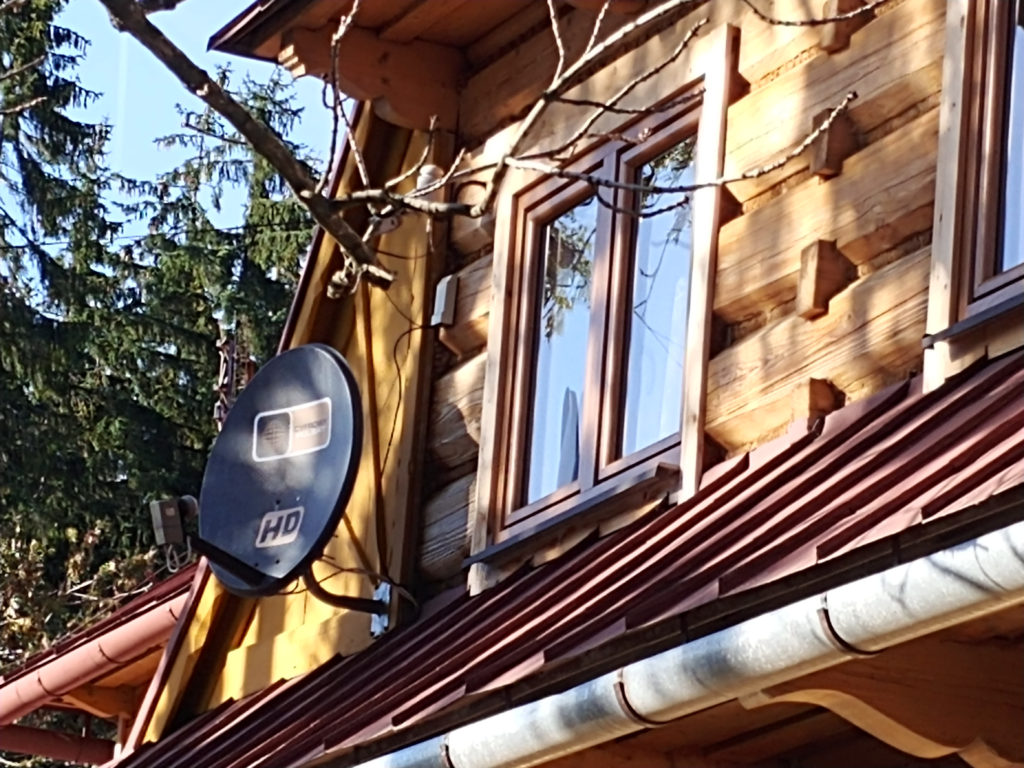
Traditional outfits
Among all traditions, perhaps the most vivid manifestation of it are costumes – ceremonial, parade. Although in the first half of the nineteenth century, highlander clothing was gray-bored and modest. The only decoration was red and black yarn, and every skirts, shirts and aprons were all just made from gray canvas. Men wore yellowed cloth trousers, brown capes without decorations, and felt black hats, which were used as ladles for water and kettles to prepare the food. Today, as a highlander’s costume, we know its exquisite variety, which was created as a result of the changes initiated by the discovery of Zakopane by the so-called lowlanders. It was then that the Zakopane style was created in architecture, ornamentation, and souveniring. It was actually invented by Stanislas Witkiewicz, fascinated by Podhale. A lot of inspiration in today’s outfits comes from Cracow and its traditional costumes. The highlanders actually put them on weddings and funerals, going to church on important holidays. Without a word of complaint, the gentlemen wear biting baize pants (pants made of thick, woolen cloth), heavy leather, studded straps, ladies lace the corsets and put on the expanding hips, richly wrinkled skirts. Nobody is watching whether it is fashionable, comfortable or sexy – it is simply a determinant of prestige, a sign of pride in belonging to highlanders. But it is not coercion and it happens that young, even those from highlander families, go to weddings in ordinary wedding dresses and tuxedos, as in all of Poland. Where else will we see traditional costumes? Of course, in taverns, where waiter service is usually dressed like that, as do musicians from highlander bands. This is how the coachmen will look at all the britzskas and wooden carts. This, however, is already an “antique museum” folklore, developed especially for the needs of tourists. Normally, no highlander dresses like that for work. Every day, you can see women going to a social event, or to a church, wearing a traditional element – such as a flower shawl, or a necklace of authentic red coral. Besides, the highlanders, like all other people living in Zakopane, wear mainly sports clothes, by far the most practical in the harsh mountain climate.
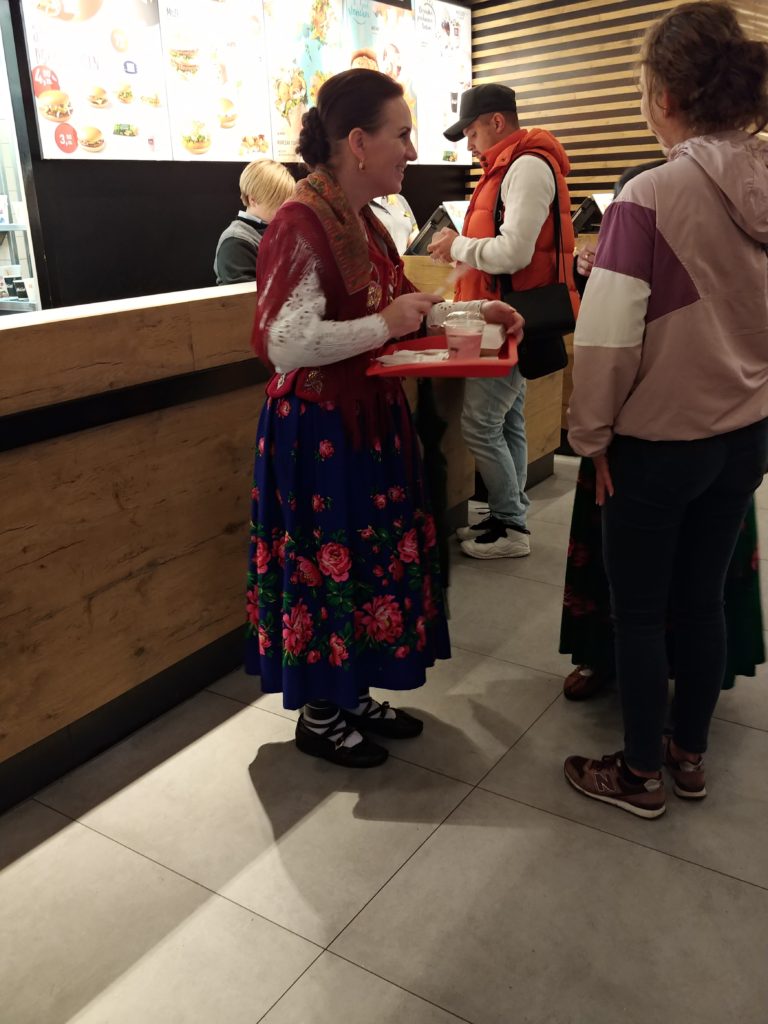
Christmas
In many places you can read the text of traditional highlanders’ wishes. They refer to farming, the rite of a rural farm. Does anyone present them in this form today? Of course not. This is again an element of the theater, a wink to the viewer – a tourist. If, for example, you go to Christmas Eve in one of the many taverns that organize it, the host will surely treat guests with a traditional speech. However, in the privacy of private homes, it is like in the whole of Poland, and if someone takes the floor to speak to the whole family, it will be the oldest woman in the family, rather than a man. Zakopane, however, has its own unique tradition. And they are not a cribs – they look just like in churches around the country. It’s about Midnight Mass on glade Wiktorowki. Even several thousand people walk through the forest to the glade, where the mass is celebrated in the sanctuary. There is small space inside in the chapel, so most are outside in the cold. Priests give hot tea, everybody cares for “alko-power” on their own. In the past, highlanders went with torches, today they are rather headlamps, but the idea remained the same – to experience Christmas joy close to the mountains, nature, under the starry sky. In practice, it can be different, sometimes snow is falling, stars are not visible and only the hardest reach the destination. Some prefer a different mass in the Chocholowska Valley. It has a similar climate, and the highlander band playing in the freeze is invariably amazing. And how is the matter with traditional visiting bachelors in the homes of the maimed girls on the first day of Christmas? Honestly, custom is in decline. In Podhale lives the same youth as in all of Poland, uses Facebook and Messenger for flirts, not folk songs and sprinkling the room with oats. If something like that happens, then the bachelors will go the whole group, they will visit all friends and it will be only for fun, not betraying the hidden feelings about the girl.

Easter
Who has never read a description of the traditional Dingus Day? Tradition told girls to pour water on Monday, and they seemed to be running away with a screech, but they also put themselves at risk a bit. It is known, the more drenched, the more attractive. Today? It wins a practical attitude. There is often snow in Easter, the cold Orava wind is blowing – who would like to risk pneumonia? Young people therefore spend the day like other people. But, also these holidays have their unique, the only custom in Poland. And it is not about the Easter Palms competition or Easter basket, although it happens every year in Bukovina Tatrzanska. These are Easter ski competitions on the old equipment “O Wielkanocne Jajo” (for easter egg) in the Kalatowki Glade, in the Tatra National Park. The competitors perform in traditional costumes – knickers, socks under the knee, ladies often in dresses. Everyone must have wooden skis, classic bindings and leather shoes, and bamboo sticks. The competition is played in two categories – a stylish ride where the most important thing is the elegance and correctness of driving on wooden skis by telemark. The second category is parallel slalom – ladies against gentlemen. It is very funny, because every now and then someone falls down spectacular fall. The event attracts crowds of spectators, and among the audience and players there is no shortage of inhabitants of Zakopane – old and young, equally cheerfully enjoy the fullness of winter, which at this time of the year still prevails in the Tatras.
Music
This what, apart from costumes, has survived to the present times, is also traditional highlander music. In Podhale very many people can play instruments, often on a few, there are studios of excellent luthiers, there are artists and masters of traditional Podhale bagpipes. The music performed by the bands not only accompanies the clients of taverns in their meals. This, moreover, often has many accretions from Romanian and Hungarian music, and traditional instrumentation is not complied with, it is sometimes enriched with an accordion or double bass. The traditional “highlander note” is above all a living, vital element of celebrations such as weddings, funerals, masses on the occasion of church holidays. It serves the setting of city celebrations, without the band it is not possible to celebrate any opening of an exhibition, festival or festivity. The presentation of traditional music is served by numerous competitions taking place during the festival of Folklore of Highlands, events such as Dziadoncyne Granie in Bukovina Tatrzanska, or Dudaski Tlusty Czwartek, as well as the winter festival Christmas Carols, Pastorals and Songs. There are numerous folklore groups in Podhale associating people of all ages and presenting a really high level. Cultivating musical traditions is not just about folklore for tourists. It is a real need to express yourself through art, and it must be admitted that inhabitants of the Tatra areas are usually distinguished by very good hearing. Even the usual singing of the people in the church during the mass deserves and admiration – how precise and how energetically these people are singing.
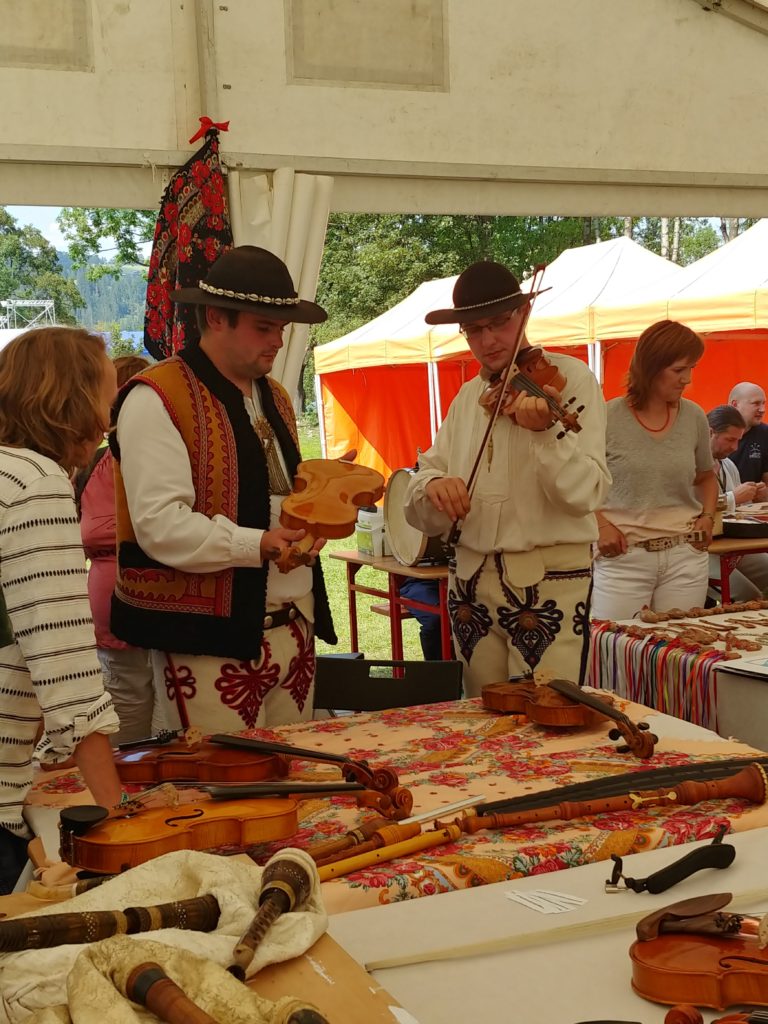
Religion
Podhale is considered a mainstay of devotion in Poland. Highlanders do not hide their support for the Catholic Church, they worship Saint John Paul II every year, lighting the light under the cross on Giewont on the anniversary of His death. But one who thinks that every highlander lives according to the commandments is wrong, young people do not remain cleanliness for weddings, and the families do not pray before each meal. The world also changes under the Tatra. There are also agnostics here. However, the local custom makes it necessary not to talk too much about these topics, let everyone live in accordance with their own conscience. Everyone knows that if he needs support to persevere in the resolution of f.ex abstinence – and this is a problem in Podhale quite often – he can go to the Jesuit Fathers to the church “on the hill” and make an appropriate declaration there. Apparently, it happens even to those which keep away from the church every day. The local custom makes it otherwise that the inhabitants of Zakopane and the surrounding area can still feel watched by the watchful and caring eye of the Mother of God – every step we find there chapels nailed to a tree, arranged in a wall niche, they are also in many places in the Tatra.
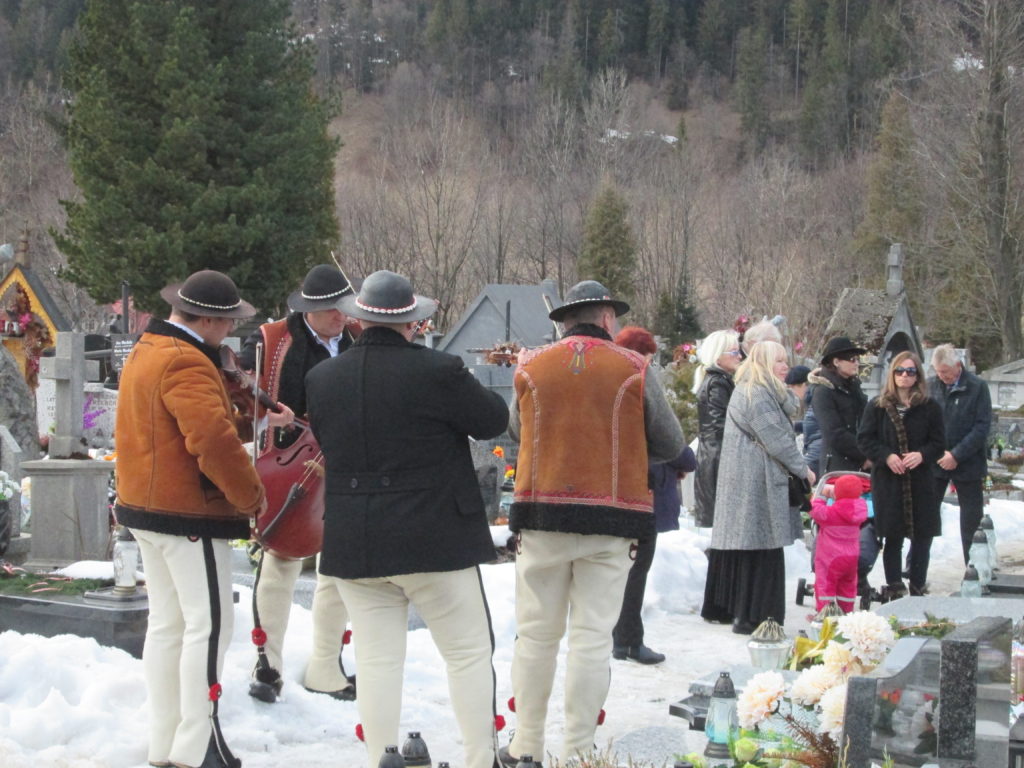
Traditional cuisine
Today we associate Podhale culinary mainly with oscypek. This tasty sheep cheese is actually made today using traditional methods and we find it in many places. However, traditional highlander cuisine was simply poor and not very tasty. The basis of nutrition were potatoes, swede, a soup made of flour, or thin cakes made of oatmeal “moskol”, and for children rarely milk. Known today specialties like roasted ram, sour cabbage soup with bacon, or trout from the oven are rather free variations on the rich people’s cuisine. Similarly, a sour rye soup with sausage or dumplings – it is simply old Polish cuisine. Long tradition has got “bigos”, cabbage stew – it was dragged in huge boilers for the first mountain expeditions, which were attended by the oldest Tatra guides, leading their wealthy clients to the mountains. And how do Zakopane people feed privately? Men and women cook equally. A lot of people prefer healthy eating, take care of a slim figure. Though few will resist delicious cookies from the local Samanta bakery, which are served by numerous parties. Many people cultivate the tradition of making home-made liqueurs, sometimes someone will quietly admit that even stronger liquor can be prepared. Generally, everyone bypasses the taverns with smoked meat, leaving these pleasures to tourists. But for a sushi or Chinese food to persuade the highlanders is not easy – they will eat pizza rather.
Highlander’s dialect
It is a phenomenon on a national scale. The dialect is used every day by shop assistants, waiters, drivers, but also by young people traveling by bus to school. It’s not just about the characteristic melody of a sentence and an accent unmistakable with any other. Highlanders really know dialect vocabulary and use it every day. Many know literary Polish and use it beautifully when needed. But, in private contacts, a dialect is naturally used on a daily basis. averOn the other hand, the highlanders do not know foreign languages well, apart from a group of Tatra guides who live on guiding foreign tourists. Institution websites, museum guides, party programs are usually created only in Polish. The average highlander knows some numerals in English, so much he needs to get along with the foreigner on the most important issue – “how much it will cost”.

Traditional buildings
The traditional wooden architecture is still well-maintained in Podhale. Although his style, developed by Stanislas Witkiewicz, is increasingly lost, and whose beautiful relic is, for example, Villa Oksza, still new generations of young people in Podhale are learning the difficult art of putting up the wooden houses. They are experts in this subject known throughout Europe. Unfortunately, the city allows the destruction of traditional, low, wooden buildings and replacing it with large apartment buildings. Some are beautiful, they resemble traditional houses, they contain elements of woodcarving, traditional decorations, others unfortunately present the style of “concrete, steel and glass” and ruin the architectural atmosphere of the city. In general, however, it is ensured that traditional decorations appear in detail, as exemplified by the newly opened shopping center Krupowki 40. Outside, the block does not resemble highlander buildings, inside the wooden finishes do not let us forget what city we are in.
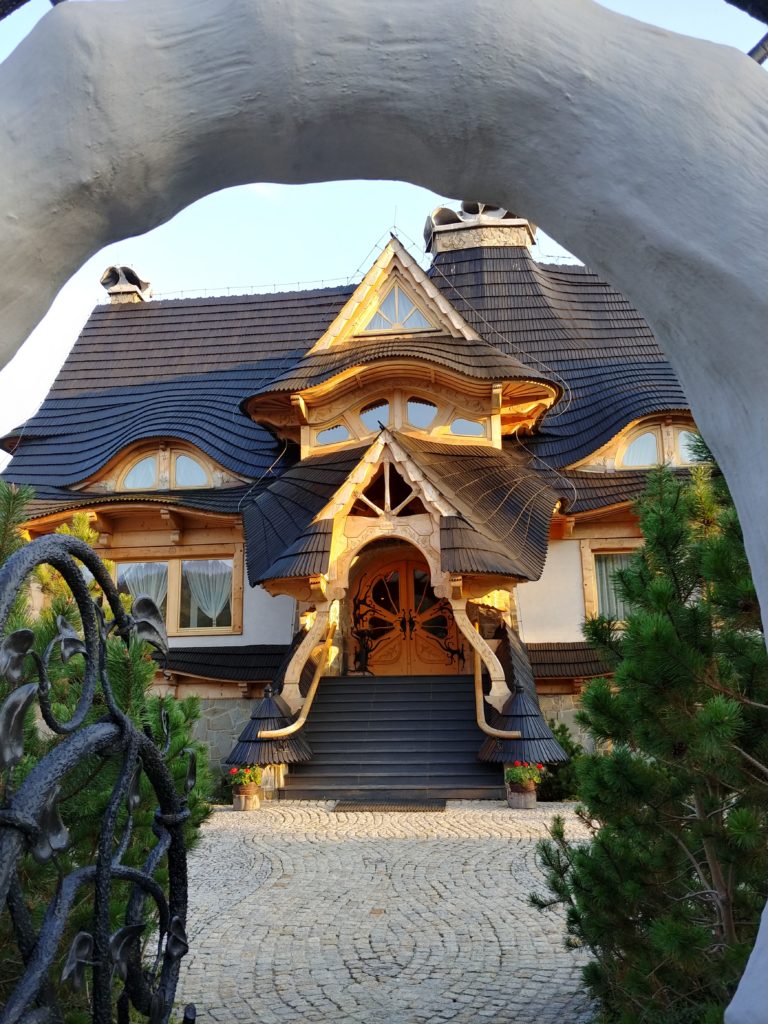
Traditional agriculture and grazing sheep
What has certainly been from ancient times and is also cultivated today is sheep grazing in the halls. Every year in spring, on April 23, sheep are ceremoniously taken to the halls and imported from them in autumn, September 29. This ritual is called “redyk”(transhumance) and is an extremely picturesque spectacle. What else can we see? Real hay-making with the use of sickles – in many places due to the terrain it is the most desirable way of mowing the grass.
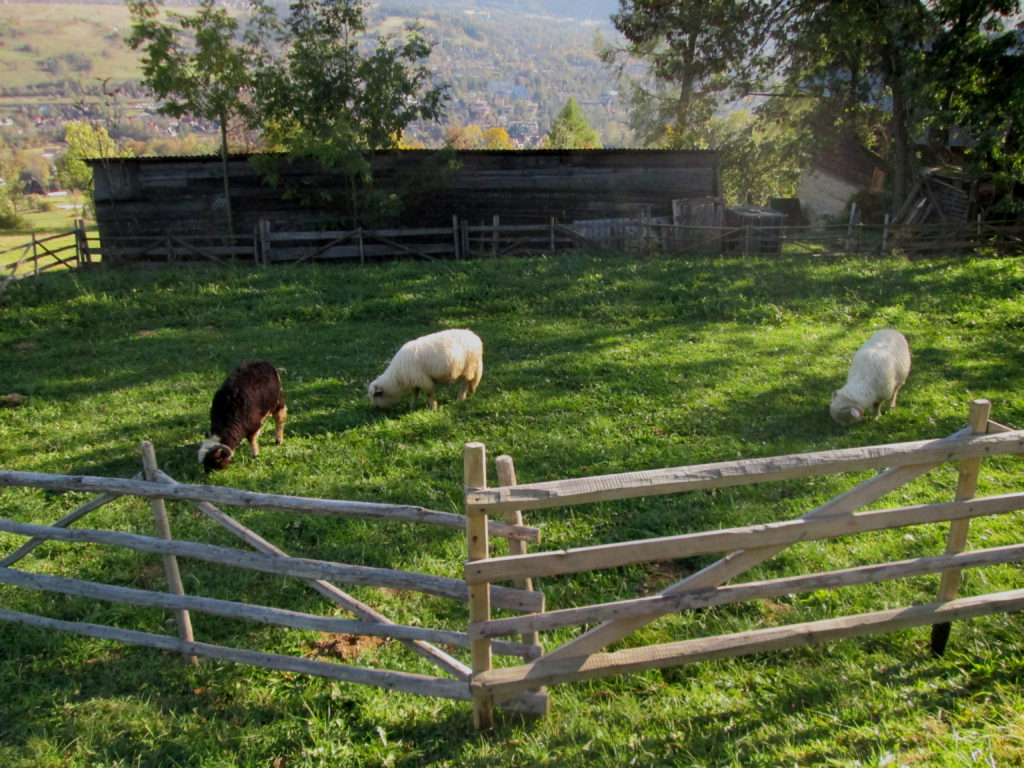
Traditional deforestation
Although the Tatra National Park is a protected natural area, the mountain wind “halny” can lay back huge areas of forest every year. Therefore, it does not leave foresters anything but utilize the resources of wood. But how to transport big balls from steep slopes? It turns out that the horse will still be the best to use it. The work is dangerous and foresters always ask tourists to avoid areas where timber logging is currently taking place. Information on where it is currently carried out can also be found in daily communications on the TPN website. However, if we come across it, it is worth looking at it from a safe distance, what certainty of movement and dexterity are presented by local woodcutters.

What is Podhale like in the end?
Traditional or modern? Today, it is still possible to say that it is a mix of both influences. This largely determines the attractiveness of the region. On the one hand, we can comfortably sleep in elegant hotels and enjoy the charms of thermal pools, on the other we can see sheep in the hall and listen to the traditional highlander band. How long will it last? Will there be anything in twenty or thirty years? Let’s hope so. Finally, writers and publicists alarmed about the fall of Zakopane, the disappearance of tradition and ubiquitous commercialism … a hundred years ago. And yet, Zakopane still retains its separateness and cannot be mistaken for any other place. Let us come here and look for what is valuable. Perhaps the most important thing is that the inhabitants of these areas do not live in the open-air museum, do not do anything by force, do not try to endear anyone – as long as tradition is for them an interesting thing, they will cultivate it. Even if others are surprised, they will do their thing.
Anna Markiewicz
